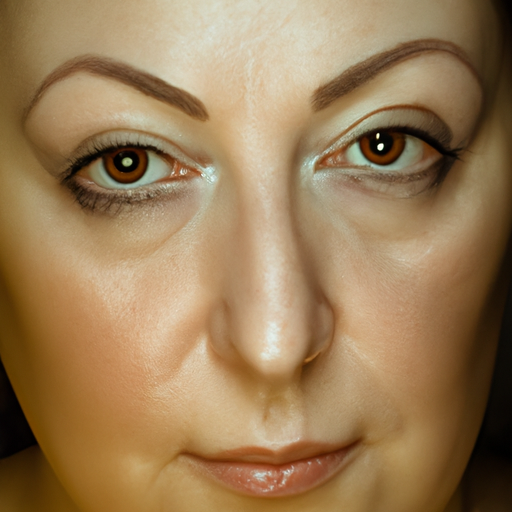As a medical professional, I am often asked about the best ways to maintain healthy and radiant skin. One of the most effective methods is through regular skin exfoliation. This article aims to provide an ultimate guide to mastering the art of skin exfoliation, revealing the radiant skin that lies beneath.
Skin exfoliation is a process that involves the removal of the oldest dead skin cells on the skin’s outermost surface. This process is an essential part of any skincare routine, as it helps to rejuvenate the skin and improve its overall appearance. Exfoliation can be performed mechanically, using abrasive scrubs, or chemically, using special acids that dissolve dead skin cells.
The first step in mastering skin exfoliation is understanding your skin type. This is crucial because different skin types require different exfoliation methods. For instance, if you have oily or acne-prone skin, you might benefit from a salicylic acid-based exfoliator, which can penetrate the pores and help clear out excess sebum and dead skin cells. On the other hand, if you have dry or sensitive skin, a gentle, hydrating scrub might be more suitable.
The second step is choosing the right exfoliation product. There are two main types of exfoliators: physical and chemical. Physical exfoliators use tiny grains or a brush to manually remove dead skin cells. Chemical exfoliators use acids or enzymes to dissolve dead skin cells. Both types can be effective, but they should be used correctly to avoid damaging the skin. As a rule of thumb, physical exfoliators should be used no more than once a week, while chemical exfoliators can be used more frequently, depending on their strength and your skin’s tolerance.
The third step is applying the exfoliator correctly. Always apply the product to damp skin to help it spread easily and evenly. If you’re using a physical exfoliator, apply it in a circular motion and avoid scrubbing too hard. If you’re using a chemical exfoliator, apply it evenly across your face and let it sit for the recommended time before rinsing it off.
The final step is to moisturize after exfoliating. Exfoliation can leave your skin feeling dry, so it’s important to replenish its moisture immediately. Use a hydrating moisturizer that suits your skin type and apply it generously to your face.
Exfoliation is a powerful tool in maintaining radiant and healthy skin. However, it’s important to remember that over-exfoliation can lead to skin irritation and damage. Always listen to your skin and adjust your exfoliation routine accordingly. If you’re unsure about what products to use or how often to exfoliate, consult with a dermatologist or skincare professional.
In conclusion, mastering skin exfoliation involves understanding your skin type, choosing the right exfoliation product, applying it correctly, and moisturizing afterwards. By following these steps, you can unveil your skin’s natural radiance and maintain its health and vitality.



